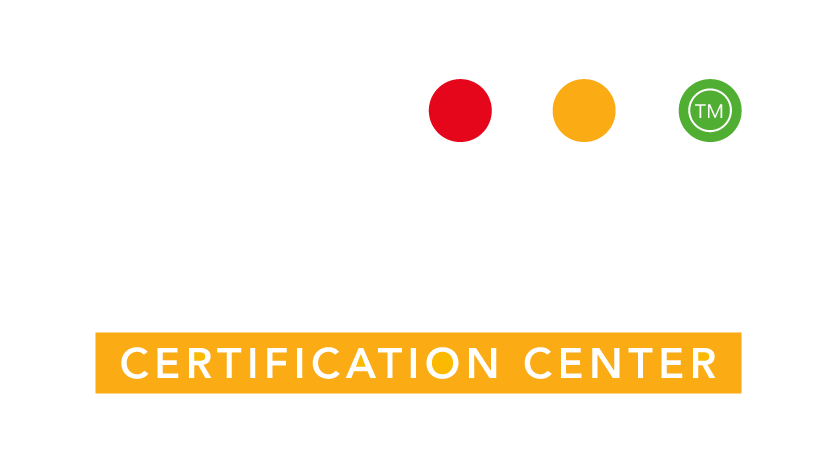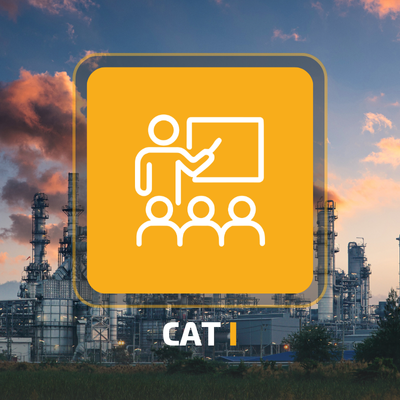AVA CAT I – Classroom – Christchurch – AUS – 2026-11-17
$1,999.99
Begin your journey to becoming a vibration specialist with this course that empowers you to deliver accurate, reliable data and gain a solid understanding of condition monitoring, vibration theory, and fault analysis following ISO 18436-1 and ISO 18436-2.
Course Location: Christchurch, Australia
Course Dates: 2026-11-17 – 2026-11-20
Description
Welcome to the Journey of Becoming a Vibration Specialist
The purpose of this training is to empower you to deliver safe, reliable, and accurate vibration data. Upon completion of this course, you will become a key contributor to the field of vibration analysis and condition monitoring.
This course is designed to motivate you to go beyond the basics—to expand your understanding and skills beyond those of the average condition monitoring technician.
Guided by the ISO 18436-1 and ISO 18436-2 standard, this program will educate you on:
Understanding of condition monitoring
Condition monitoring technologies
An introduction to vibration theory
Data capturing fundamentals
Basic fault analysis
Fundamental knowledge of specific components and equipment
“Give a person a fish and that person will be fed for a day. Teach a person how to fish, and that person will never go hungry.”
This course embodies that philosophy — rather than simply providing data or answers, it will teach you how to understand, interpret, and act on vibration data with confidence and precision.
Course Format & Resources
This is an in-person instructor led classroom course. Learn alongside your peers through this practical training program.
Your learning experience includes:
- Four (4) days classroom training with review. The optional certification exam is on the final day and may be purchased separately.
- Printed course manuals are required for Classroom (in-person) Courses and will be shipped to the venue and distributed on the first day of class. (additional fee)
- Online learning resources to enhance your learning.
- You will receive 3 Continuing Education Unit credits (CEUs) for completing this course.
- Course completion e-certificate
- Food and beverage provided for lunch and snack breaks.
Students will receive further information regarding course details and online resources following registration.
Who Should Attend
This Applied Vibration Analysis course is the ideal starting point for:
- New vibration analysts
- Technicians collecting vibration data
- Maintenance personnel and reliability engineers seeking an understanding of vibration analysis and condition monitoring
You will gain a clear understanding of what condition monitoring is, the importance of reliability, and how vibration data can provide early warnings for a wide range of fault conditions.
While this is an entry-level course, it establishes the foundation for your continued growth toward advanced certification levels.
Table of Contents
Applied Vibration Analysis CAT I
Foreword
Basic mathematics
Changing the subject of a formula
Cross multiplication
Exponents
Chapter 1 – Introduction
What is condition monitoring?
Creating value from condition monitoring
Reliability
Risk management
Making a difference
Understanding failure
Understanding maintenance types and philosophies
Understanding mean time between failures (MTBF)
Making a difference
Optimization
Chapter 2 – CM Technology
Vibration analysis
Device categories
Vibration transducers
Transducer mounting options
Thermography
Tribology
Ultrasound
Electrical testing
Motion amplification
Process monitoring
Non-destructive testing
Chapter 3 – Vibration Theory
What is vibration?
What do we measure?
Single degree of freedom (SDOF)
Time domain (Waveform)
Amplitude
Frequency
Phase
Complex motion (MDOF)
Frequency domain (Spectrum / FFT)
Associated terminology and considerations for application
Time domain
Frequency domain
Waveform patterns and the Fourier transform
Natural frequencies
Chapter 4 – Capturing Data
Process flow overview
Safety
Testing procedure
Condition monitoring equipment care
Naming conventions
Mounting
Routes
Transferring routes
Challenges with transferring of routes
Challenges during route capturing
Observations
Bad data
Chapter 5 – Fault Analysis
Presenting data
Basic data analysis
Specific faults
Unbalance
Looseness
Misalignment
Bearings
Chapter 6 – Equipment Knowledge
Bearings
Couplings
Gearboxes
Electric motors
Pumps and fans
Compressors
Rolling/paper mills
Structures and piping
Machine tool spindles
Glossary of Equations
Related Products



